This article was originally published by Radio Free Europe/Radio Liberty and is reprinted with permission.
US strikes on three Iranian nuclear sites in June slowed down the nuclear program, likely buried Iran’s stockpile of highly enriched uranium, and effectively paused enrichment activities.
The attacks prompted Iran to reevaluate its nuclear strategy, and after declaring the end of international oversight of its nuclear program due to the expiry of the 2015 nuclear deal in October, Tehran — which maintains it has never and will not seek to weaponize its nuclear program — now operates with strategic opacity.
Recent satellite images analyzed by experts at the Washington-based Center for Strategic and International Studies (CSIS) suggest that while there is little to no activity at the three sites in Isfahan, Natanz, and Fordow, Iran has stepped up construction at a site buried in Pickaxe Mountain near Natanz.
Iran began building the facility in 2020 after a fire broke out in the Natanz enrichment facility.
It was initially said to be a centrifuge assembly site, but recent developments suggest that Tehran may be expanding its original plans for the site, according to Joseph Rodgers, a deputy director of the CSIS’s Project on Nuclear Issues.
Rodgers spoke to RFE/RL’s Radio Farda on November 11.
RFE/RL’s Radio Farda: Can you briefly explain what you saw in the satellite images you analyzed?
So, we’ve acquired recent satellite imagery from the aftermath of the US strikes in June, and we’ve been monitoring the three sites that the US struck at Isfahan, Natanz and Fordow.
And what we see is that there is not a ton of activity at those sites. In fact, there’s still debris in the road outside of many of the buildings at Fordow and Isfahan, which indicates that there’s not an extensive recovery effort to grab, and sort of salvage, materials or equipment from the buildings, because that would require that they drive trucks up and they can’t pass through these debris.
But what we do see is just south of Natanz, the construction of an underground facility. And it appears that in the aftermath of the June strikes, construction has really stepped up at this other facility that is called Pickaxe Mountain.
This is the same facility we heard about before the June war.
That’s correct. Construction has really stepped up. It appears that they’re digging deep into the mountain. There’s still underground tunneling going on at Pickaxe Mountain. And there’s also the construction of a security perimeter fence. And that might be driven by security concerns about having [Israel’s] Mossad or other intelligence agencies go and put equipment on the mountain. Maybe they try and sneak in and put a seismic monitoring sort of equipment or something in the facility.
Let’s take a step back. Why do you think there’s not much activity at the three sites hit in June?
I think this gets to a broader point about the status of the Iran nuclear program, which I think if I had to use one word to describe, I would describe as limbo.
I think the Iranians are figuring out what to do next with their program. And they’ve instead banked on constructing facilities like Pickaxe Mountain. Rather than trying to make extensive immediate progress towards rebuilding enrichment facilities or trying to salvage any equipment that was at the sites that the US struck.
It’s easier for Iran right now to build facilities that could sort of be used for nuclear activities in the future, but not directly accumulate the political costs of taking immediate action on nuclear activities right now..
You spoke about protective measures Iran is taking at the new site. Didn’t the three sites that were struck by the US have similar security measures?
There are many ways that you can protect a facility against attacks, and there’s many types of attacks that you’d want to protect from.
So, at other Iranian nuclear sites, we see, fences, for example, and fortifications around the perimeter of these sites. And that’s likely because they’re trying to prevent foreign spies from coming in and putting monitoring equipment on the perimeter. Because if you’re posting radionuclide detectors or things that could sort of send back information about what’s going on at the site, then you need perimeters – fences — to prevent that.
Additionally, we see at Pickaxe Mountain the construction of really deeply buried tunnels, which fortifies against many of the penetrating bombs that Israel or the US could use. I think, at the tunnel entrances to Pickaxe Mountain, we see fortified entrances that actually have a curve in them. And that curve can prevent, if somebody tries to collapse the tunnel or explode munitions just outside of the tunnel entrance, then the curve will force the blast to hit a wall instead of going deep inside of the mountain with the full explosive force of the shockwave.
There’s many different types of fortifications that you use at military sites, and we see many of those signatures at Pickaxe Mountain as well.
Some reports say the Pickaxe Mountain site is planned to be a new enrichment facility. Based on your assessments, what do you think the purpose of this site will be?
In 2020, when Iran started the construction of the site, Iranian leadership said that it was going to be used for centrifuge assembly. So, not an enrichment site, but instead for assembling the centrifuges that they would use at other enrichment sites. However, since the June strikes, we’ve seen a lot more tunneling into the facility. And that might indicate that Iran has decided to shift additional activities deeper underground.
One outcome is that Iran may choose to shift some of the metallurgy and the construction of some of the activities that were going on at Isfahan. For example, taking yellow cake and making it into uranium hexafluoride, the gas that you use to spend uranium in centrifuges.
I think the worst possible outcome is if Iran is building an undeclared enrichment site at Pickaxe Mountain. But that’s all really speculative.
Again, the only thing that officially Iran has stated at the government level is that Pickaxe Mountain is going to be used for centrifuge assembly. And, and that activity used to happen at Natanz, but was subject to sabotage in 2020.
As a signatory to the nuclear Non-Proliferation Treaty (NPT), do you think Iran will begin enriching uranium at an undeclared facility? And if it does, what would that mean for its status as an NPT signatory?
If Iran decides to declare or to pursue undeclared uranium enrichment at a secret site, then that would be a very clear violation of the NPT and it would also result in larger international backlash.
I think that if Iran decides to pursue enrichment at an undeclared level and the United States finds out, then the likelihood of US retaliation is very high.
At the international level with respect to the NPT, only a very small handful of countries have tried to develop undeclared enrichment sites and pursue enrichment. It has turned out very poorly for all of them. So, I don’t think that it’s a productive way forward for Tehran right now.
But if they decide to, then it’s going to be very difficult for them to be successful at a clandestine program. I think it is likely that Israel and the United States would find out fairly quickly.
The Israeli and US strikes were so effective because Mossad has quite clearly deeply penetrated the Iranian nuclear program.
Do you think despite Iran being secretive about this site and building it separately from larger facilities, it will eventually allow inspectors to visit it?
I think that the IAEA [International Atomic Energy Agency] is going to increasingly put pressure on Iran to allow access to Pickaxe Mountain.
The IAEA has requested access for many years and has been told no. But interestingly, when the president of Iran was confronted about three or four weeks ago with some Washington Post reporting on Pickaxe Mountain, he said that we need to allow IAEA inspectors to go visit the site. That might have just been political posturing and a quick response to what was a question he wasn’t expecting. But I do think that there is increasing pressure to allow IAEA access.
Any part of a future deal between Iran and the IAEA will certainly involve conversations about Pickaxe Mountain and I think about the status of the former enrichment sites at Fordo and Natanz, as well.



